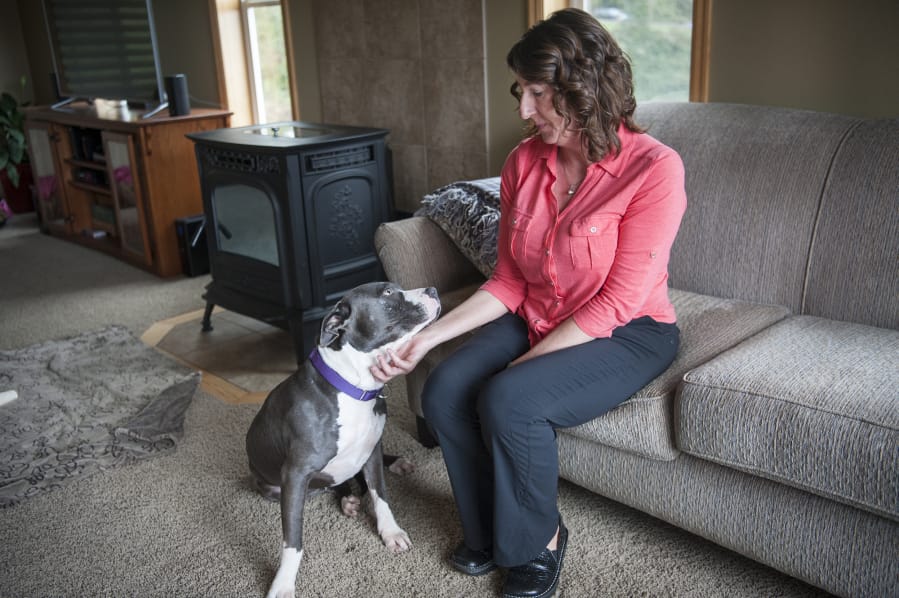Clarification: The third-degree assault charge against Leah Campanelli reported below was dismissed by the Clark County Superior Court on Jan. 7, 2019.
Shannon Sathre was supposed to have the day off, but a staff shortage and the prospect of time-and-a-half pay lured her from her couch into the intensive care unit at PeaceHealth Southwest Medical Center.
Hours into that Dec. 20 overtime shift, one of Sathre’s patients lashed out, kicking the 49-year-old registered nurse multiple times in the chest, according to a Vancouver Police Department report. As other staff rushed into Room 5108 to help, the patient allegedly began swinging her arms and spitting at anyone who tried to restrain her.
After the adrenaline wore off, Sathre realized how much pain she was in. Her chest was sore, the left side of her neck was tight and she developed a severe headache, according to the police report. Still, 45 minutes after the incident, Sathre returned to the room to continue caring for the 47-year-old woman who allegedly attacked her, according to the report.




